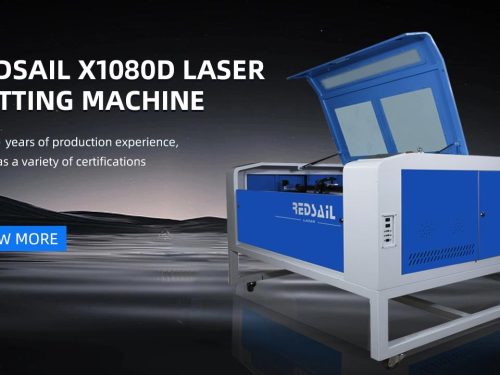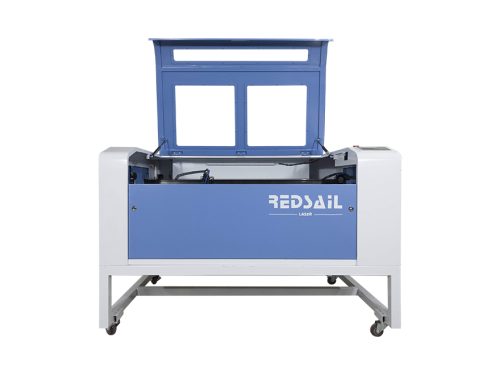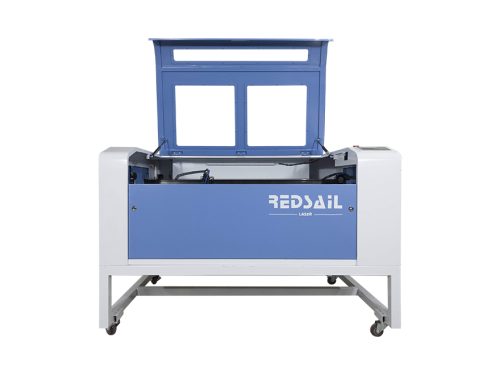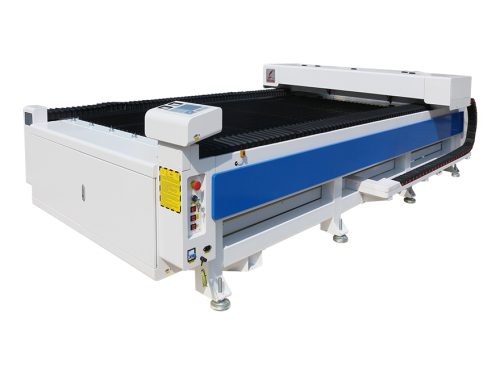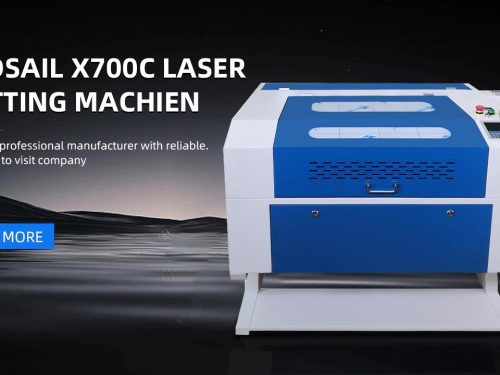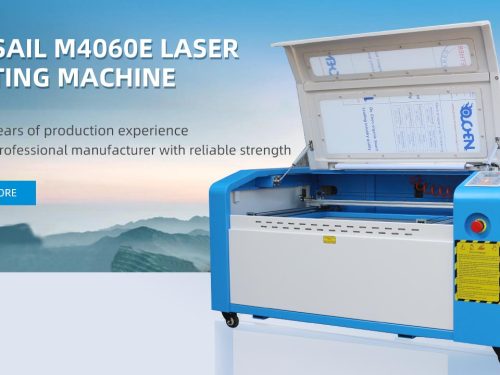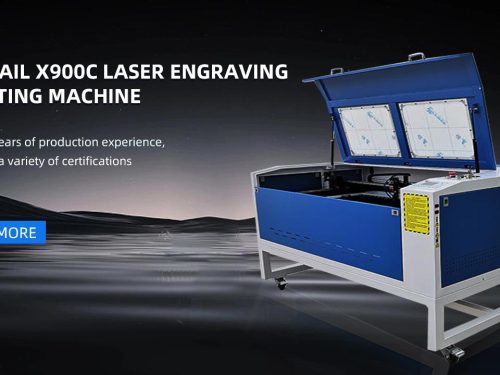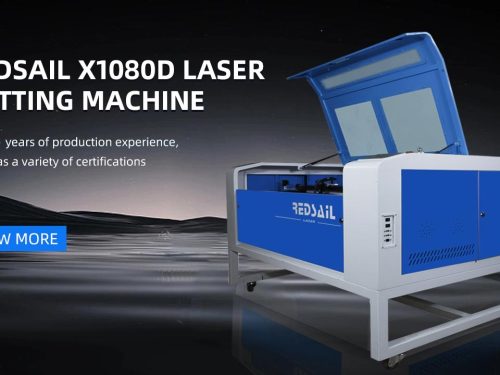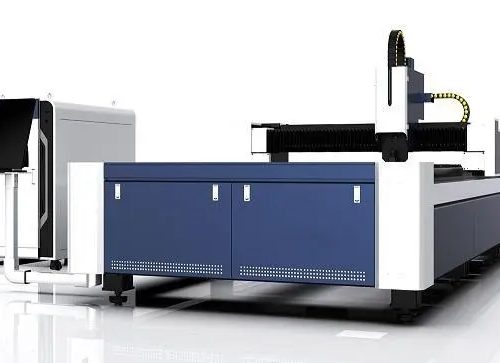
First of all, let’s get to know the cold rolled sheet. Cold rolled sheet is the abbreviation of ordinary carbon structural steel cold rolled sheet, commonly known as cold rolled sheet. It is a hot-rolled steel strip of ordinary carbon structural steel, which is further cold-rolled into a steel plate with a thickness of less than 4mm. The cold plate has good surface quality and high dimensional accuracy because it does not produce scale when rolled at room temperature. In addition to annealing, its mechanical and technological properties are better than hot rolled steel sheets. It has gradually replaced hot rolled steel sheets in many fields and industries, especially in the field of home appliance manufacturing.
The manufacturing industry has a great demand for the processing of cold rolled sheets. However, with the further upgrading of the processing and manufacturing industry, the processing requirements are also very high, so the selection of metal cold rolled sheet cutting machines is very limited. The blanking of traditional metal cold-rolled sheet is mainly made by punch, but poor precision and expensive mold opening have become the criticism of the manufacturing industry.
The application of laser cutting machine has solved the problem of manufacturing industry very well. Laser cutting processing uses invisible beams to replace traditional mechanical knives. It has the characteristics of high precision, fast cutting, not limited to cutting patterns, automatic typesetting saving materials, smooth incision, low processing cost, etc., and will gradually improve or replace the traditional punching process.
Secondly, which laser cutting machine is most suitable for cold rolled sheet?
The cold-rolled sheet is mainly made of carbon steel sheet within 4mm, and the optical fiber laser cutting machine has the most advantage in selecting the one with fast processing speed and low cost for metal sheet. Optical fiber laser cutting machine has great advantages in cutting thin plates within 4mm because it can be transmitted through optical fiber, with unprecedented improvement in flexibility, fewer failure points, convenient maintenance and fast speed. The photoelectric conversion rate is up to more than 25%, and the advantages of optical fiber laser in electricity consumption, matching cooling system and other aspects are quite obvious.

